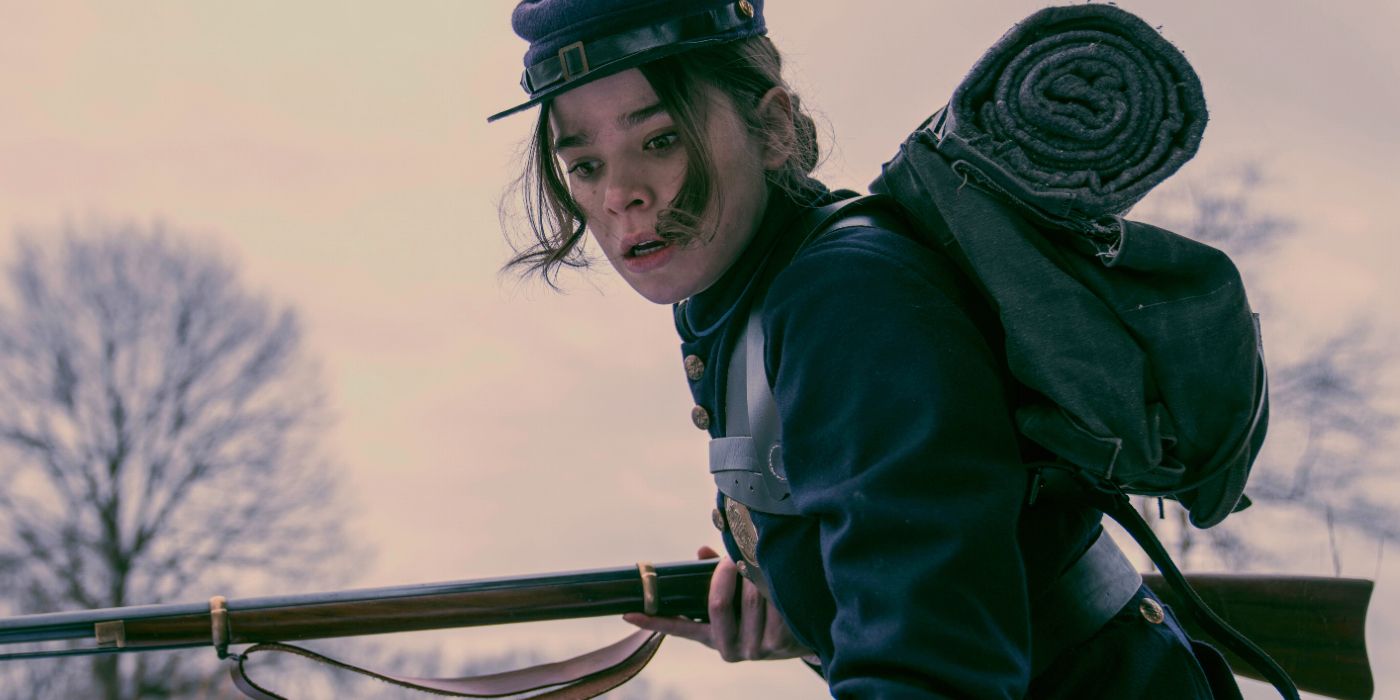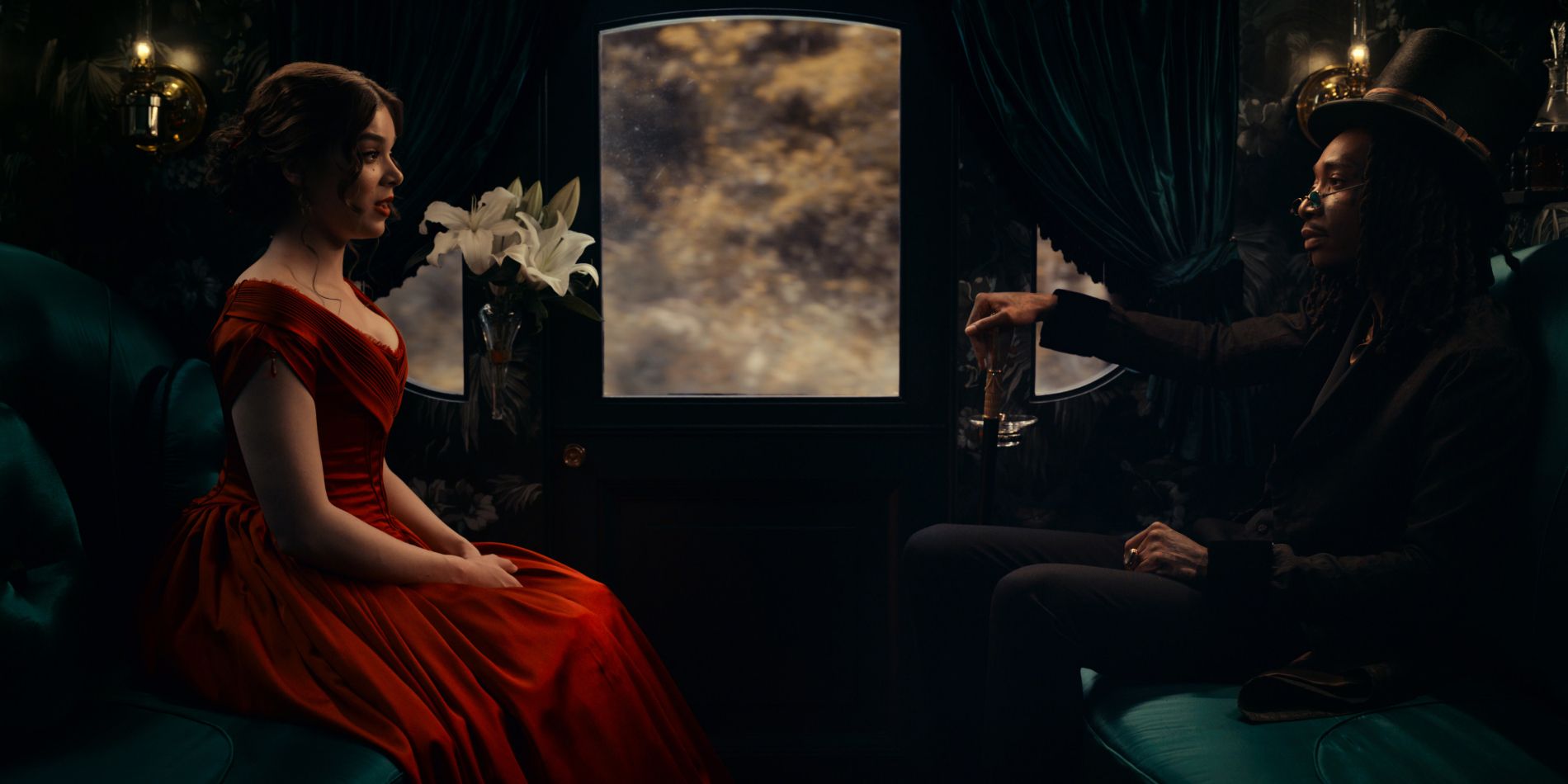Dickinson season 3 features the onset of the American Civil War in a way that closely reflects life during the COVID-19 pandemic. The charming, deeply modern series about the life of poet Emily Dickinson has always made a point to use the past to comment on the present. In the final season, this holds true as the characters grapple with changes and what it means to get used to the effects of major life-changing events.
This season follows Emily during the early years of the American Civil War, as she tries to find her place as a writer and keep her family together while the world as they know it falls apart. The first episode of Dickinson season 3 mentions how this period was a time of extraordinary productivity in the poet’s life. Granted, in season 3, Emily herself is shown to struggle with finding her voice and bringing hope to a nation in a time where she feels like her words simply aren’t enough.
Since the first season, Dickinson has used events from the 19th century to hold up a mirror to modern life, and the latest season takes this one step further by comparing life during the Civil War and the pandemic. The show has been critically acclaimed for being a funny and uplifting take on a biopic but also tackling topics such as female agency, race, sexuality, privilege, and fame. The style and dialogue of the Apple TV+ comedy series are entirely modern despite the Victorian-era setting, and the characters often discuss situations by throwing in words such as “problematic” and “canceled.” As the real world is still dealing with the effects of the pandemic, the Dickinson characters are dealing with their own “new normal.”
The production taking place in the midst of the pandemic influenced the direction the showrunners took this season. Dickinson season 3 premiered on November 5th, after filming earlier this year from March to June while pandemic protocols were in place. In an interview (via The New York Times), showrunner Alena Smith stated that details of the season were hammered out over Zoom, while the writers were self-isolating, pointing out the parallels between her own experiences as a writer during the pandemic with Emily Dickinson’s lifetime of writing in seclusion. Smith also asserts that the heightened levels of grief and disparity in America during the pandemic echo the days of the Civil War.
From the first three episodes, it is easy to see the allusions to pandemic life. In episode 1, “Hope is a thing with feathers,” Emily realizes that she wants to use her poems to bring light to a struggling nation but feels like her words aren’t enough. Two scenes stand out in this episode. In one scene, Emily speaks to her old friend Death. Death is exhausted—he has lost his passion for his job because there is too much death going on during the war. In a darkly comedic way, the show implies that Death (played by guest star Wiz Khalifa) is no different from people feeling burnt out during the pandemic, which has sucked all the fun out of work and life. Later, a group of 20-somethings lament losing their “normal” lives and getting used to a new normal, one that is significantly bleaker than before. Overhearing the young people, Edward Dickinson quips, “if this was happening in my twenties, I’d kill myself.” This line is clearly directed at the Millennial and Gen Z viewers, addressing how depression in youth has doubled since life before the pandemic.
Dickinson has always used humor and 19th-century events to comment on issues relevant to today. In season 3, the American Civil War storyline has given the show a unique opportunity to reflect on how lives are altered by catastrophic events, which is very relevant to a post-COVID world. There is no doubt that the rest of this final season will continue to reflect on how art can help make sense of changing times, much like Emily herself wanted to do with her poems.


